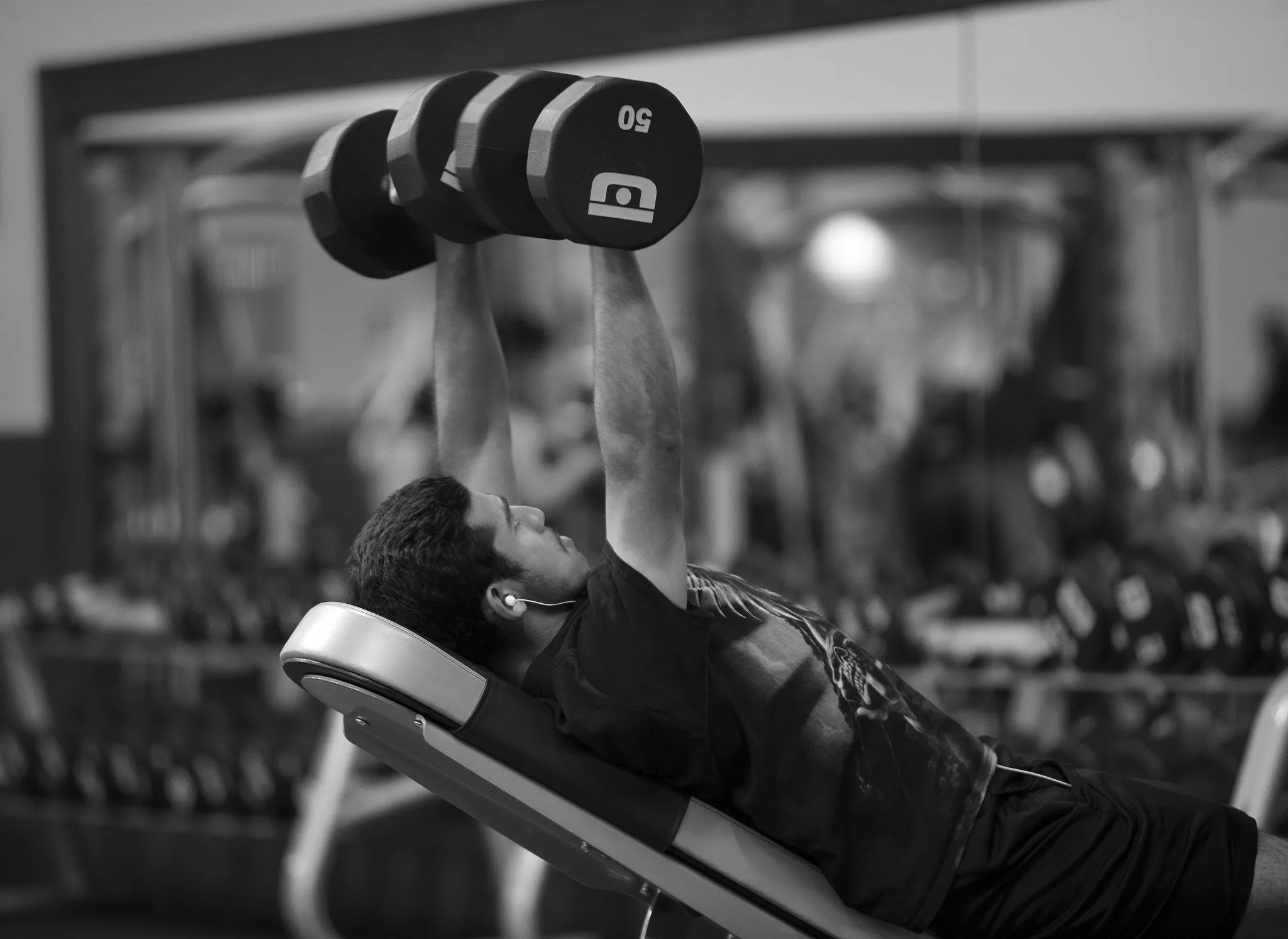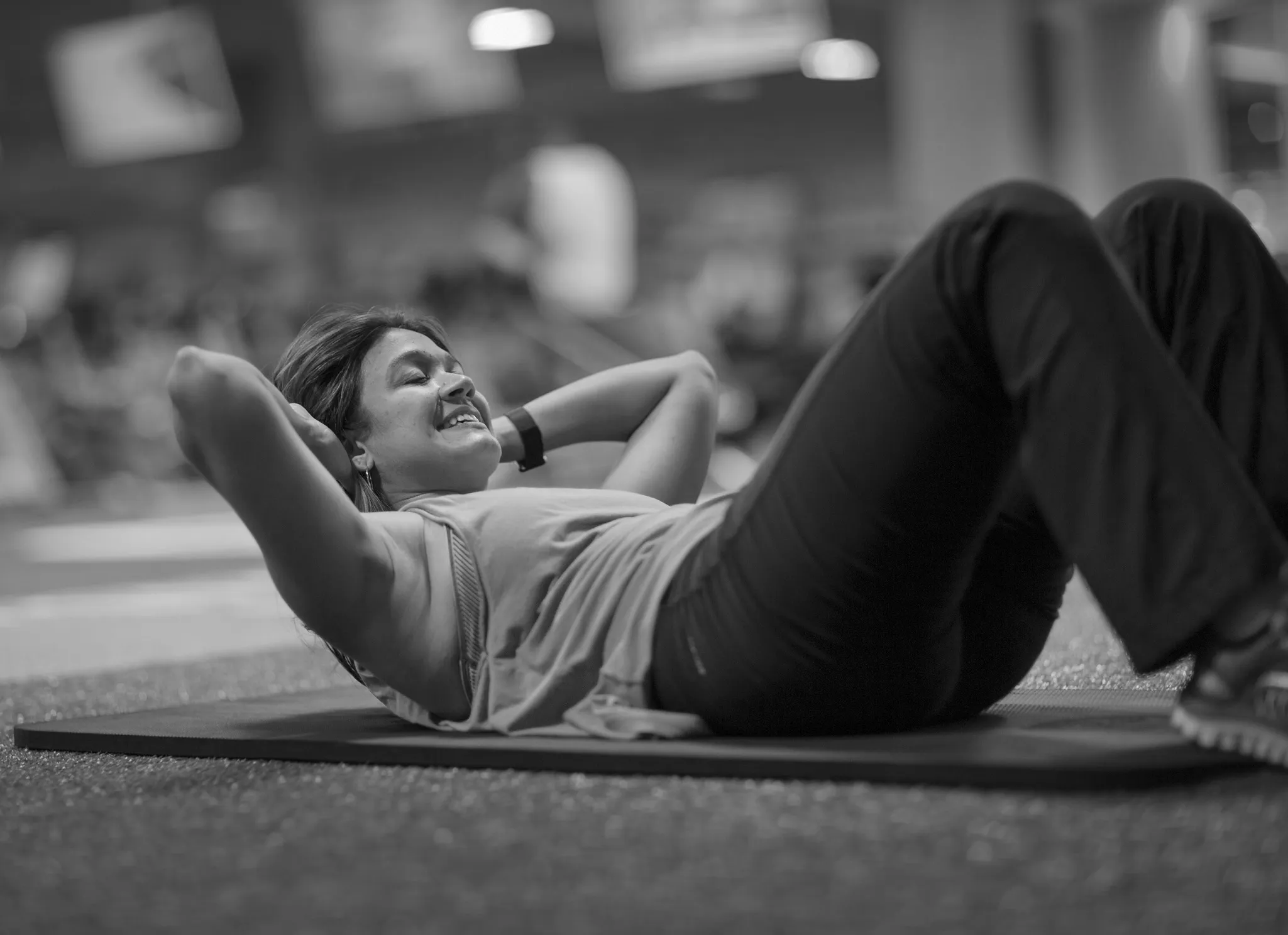How To Prevent Shin Splints
If you’ve ever felt the radiating ache of shin splints, you know this injury can be enough of a pain to make you want to hang up your running shoes for the foreseeable future. And while they’re one of the more common athletic injuries, they can be tremendously frustrating for both gym newbies and committed athletes alike.
Fortunately, there are several ways you can reduce your likelihood of developing them, from refining your running footwork to making room for a post-sweat session cool-down at the gym. Below, we take a look at what causes shin splints and tips for keeping those muscles and bones below your knees in tip-top shape.
What Are Shin Splints?
First, a quick refresher in anatomy: the tibia is the large bone in the front part of your leg that runs from your knee down to your ankle. As you might imagine, this bone has some heavy lifting to do when it comes to holding you upright when you stand or walk.
When you feel the shin splint pain (or what doctors may refer to as medial tibial stress syndrome), what you’re feeling is the inflammation of the muscles and tendons in your lower legs. These muscles tend to pull and tug against the bone after repeated stress, causing the area to become inflamed, swollen, and painful.
What Causes Shin Splints?
Inflammation to your tibia, or the shin bone, and the surrounding area could be caused by several physical activities, from going for a morning job to scrimmaging on the local soccer turf in your neighborhood park.
While anybody can get shin splints, certain people—particularly active ones—may be more prone to getting them:1
- Runners
- Soccer players
- Dancers
- Members of the military
- People with flat feet
- People with vitamin D deficiency2
- People with osteoporosis
- People who exercise in unsupportive footwear
But don’t worry because there are certain actions you can take to continue your physical activity while preventing the excruciating shin splint pain.
How to Prevent Shin Splints While Running
Shin splints most commonly occur amongst runners, particularly new runners. The stress of feet pounding against pavement repeatedly and at elevated speed can quickly send your tibia straight to the inflamed territory.
Although the condition is common, there are many steps you can take toward shin splint prevention:1
- Plant your feet properly – If you run with your ankles rolled in, or your feet rolled out, your frontal leg muscles have to work harder to stabilize you. Aim to keep your feet keeled evenly while you run, and you’ll reduce the strain on your tibia.
- Run on even terrains – Running on hills or hard surfaces (like concrete) increases your chances of getting shin splints.
- Wear supportive footwear – Proper footwear can make a significant impact not only on your lower leg muscles but your overall body. Runners are encouraged to change their shoes every 350 to 500 miles.3 If you’ve got a flat foot, consider slipping insoles into your running sneakers for extra support. Running shoes with shock-absorbing soles can also help lessen the impact of the pavement on your tibia and surrounding muscles.
- Go easy on yourself – Runners are more likely to develop shin splints when they go too hard too fast. If you’re new to running, start training by gradually increasing the distances that you run. Don’t be afraid to stop and take breaks if your shins begin to hurt! Remember, there’s a difference between pushing through mental blocks and ignoring the signs of stress your body is sending you.
How to Prevent Shin Splints at the Gym
Runners aren’t the only people who can experience shin splits. If it seems like no matter what you do, your shins ache the morning after a workout, you may be skipping these two anti-shin splint essentials:
- Post-sweat stretching – When you’ve finished a workout, don’t forget to wind down afterward! Carving out some time for a luxurious calf muscle stretch at the end of your session can make a big difference in how you feel the day after a workout. This is also true when your lower leg muscles need to be stretched after a workout or physical activity.
- Strength training – If you experience frequent shin splints and the issue isn’t in your shoes or your form, consider adding a strength training segment to your workout. A simple strength workout for runners, like heel raises or toe raises, can help build the muscles around the front of your legs, lowering your risk of shin splints. Exercises that strengthen and stabilize your legs, ankles, hips, and core can also help take some of the strain off your tibia.4
At the end of the day, shin splints can happen to anyone who’s committed to keeping active. If they’ve got you down, you’re in the company of some of the world’s greatest athletes! With a little guidance on enhancing your form (and adequate room recovery periods), you’ll build the resilience you need to keep active, in whatever way feels good for you.
Sources:
- Mayo Clinic. Shin Splints. https://www.mayoclinic.org/diseases-conditions/shin-splints/symptoms-causes/syc-20354105
- National Institute of Health. Vitamin D deficiency is associated with tibial bone pain and tenderness. A possible contributive role. https://pubmed.ncbi.nlm.nih.gov/29314669/
- Runner’s World. Running Shoe FAQ. https://www.runnersworld.com/gear/a20806543/running-shoe-questions/
- VeryWell Fit. 8 Ways to Prevent Shin Splints When Running. https://www.verywellfit.com/how-to-prevent-shin-splints-2911057





